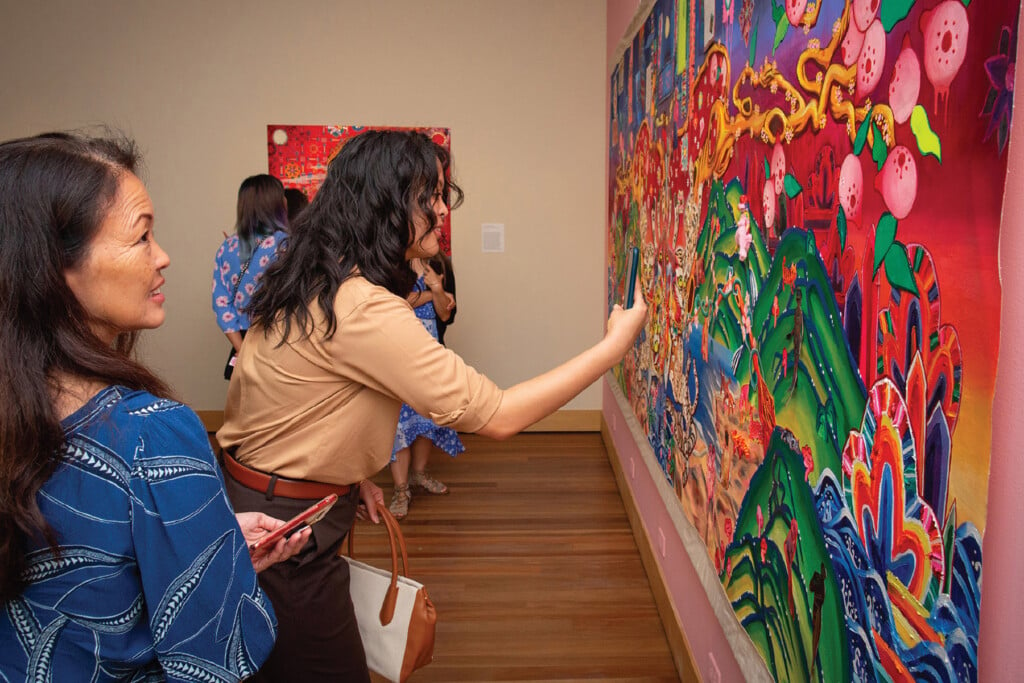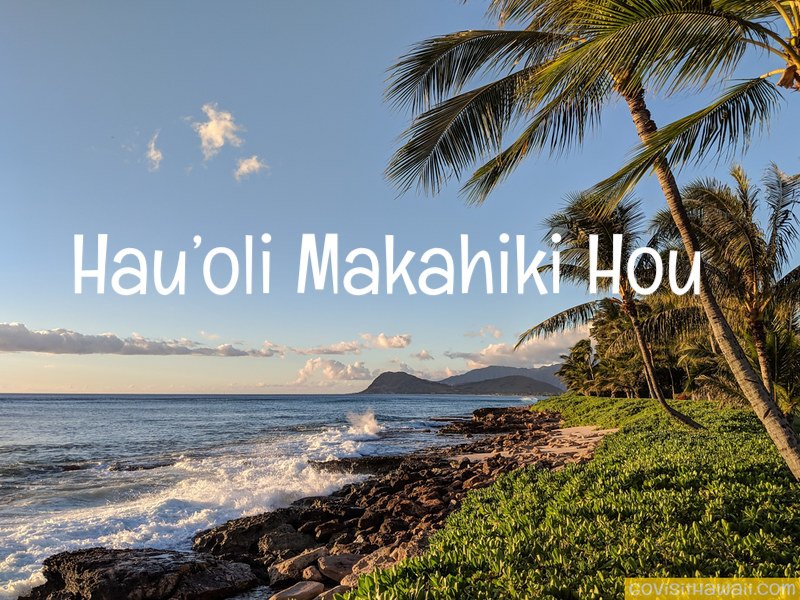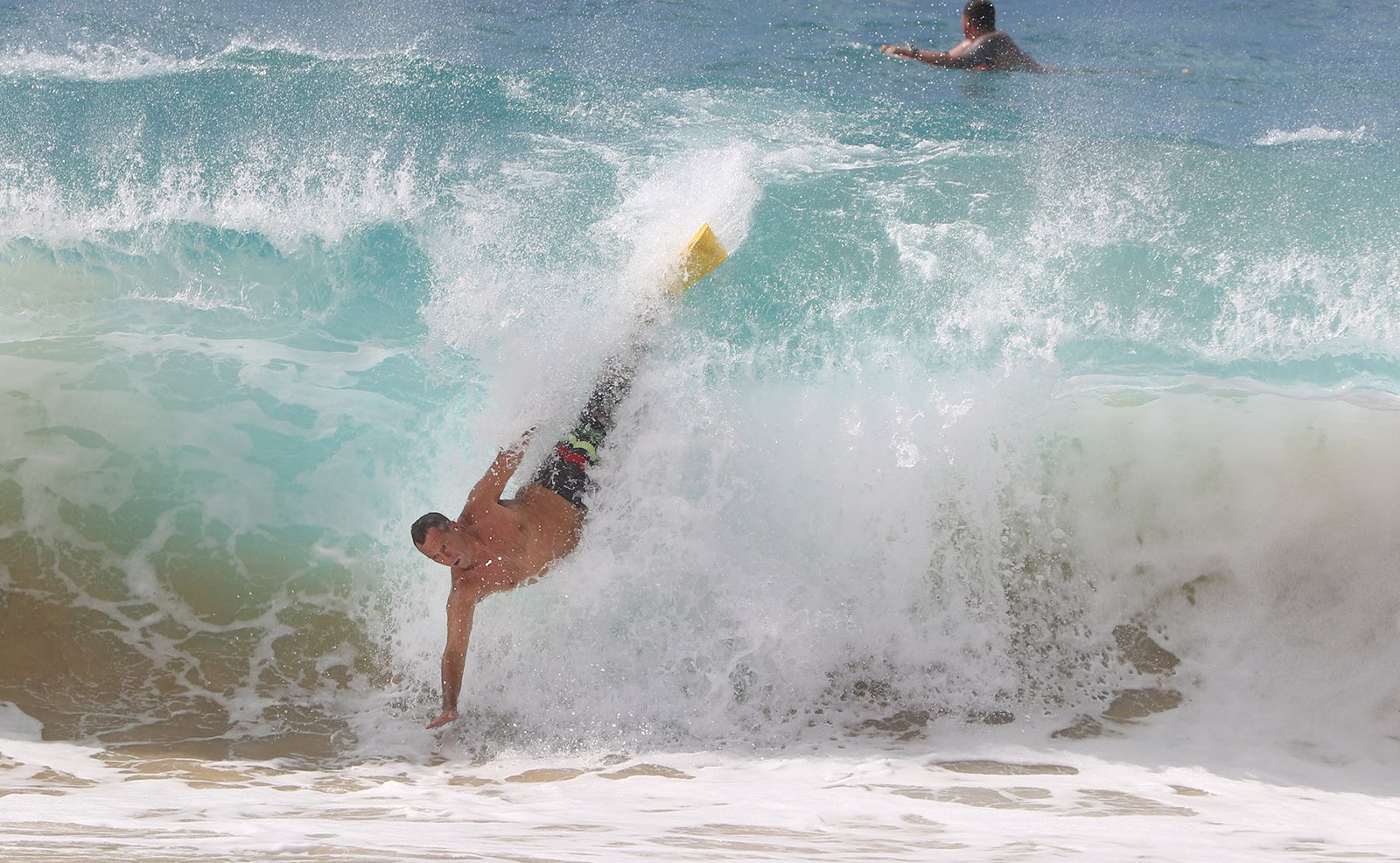Attendance is up 70% from pre-pandemic years – and this time more locals than tourists are coming for the exhibitions and events.

Halona Norton-Westbrook and her team recognize their double duty at HoMA, the Honolulu Museum of Art: build upon the museum’s legacy while adapting to a rapidly changing world.
“As a nearly 100-year-old nonprofit, we have a special obligation, commitment and connection to the community that we have to constantly nurture and strengthen and grow in a continual way,” says Norton-Westbrook, who became HoMA’s director in January 2020 – two months before the Covid pandemic began.
“Coming out of the pandemic, there’s so much in our society that is being reorganized, renegotiated and reconsidered. So, the business model has to be somewhat flexible. You must have a structure, goals and direction, but you also must be responsive to the fact that this is a time of massive societal change.”
These days, the museum is open until 9 on Friday and Saturday evenings so more working people can visit. And HoMA brought back the Honolulu Surf Film Festival as a fully in-person event this year at its Doris Duke Theatre.
Attendance is up 70% from pre-pandemic numbers and museum engagement has increased four-fold compared with the 2021-22 fiscal year. That engagement includes more people participating in its Art School classes, in-museum activities, tours, workshops, online programs, Family Sunday storytelling and other programs.
Before the pandemic, more tourists than residents visited the museum. Now the ratio has switched, HoMA says.
Among the things that haven’t changed are HoMA’s showcasing exhibitions from local artists and reflecting the diversity of the Islands. Recently, the museum helped launch the careers of Native Hawaiian artist Noah Harders and Korean American artist Lauren Hana Chai, Norton-Westbrook says.
“I think we’re on a good trajectory but there’s always more that we can do, such as getting the word out about the museum and all the different things to see as well as intentionally building local relationships with individuals and organizations.”
She says audience feedback helps the museum understand how to explain and present the nuances and stories of its art in a way that connects to people’s personal experiences.
“The arts contribute to a holistic, fulfilling life. As humans we need time for reflection and appreciation of other cultures and viewpoints. We need time to experience beauty to heal and process things, and I think the museum plays a critical role in providing that space for people,” she says.
HoMA has been doing that since it opened to the public in 1927. Its main funding comes from admission fees, philanthropic donations and the museum’s endowment. Its biggest expense is its staff of 150 employees, whose knowledge and experience the museum depends upon, Norton-Westbrook says.
“Museums are both a business and a mission-driven organization. You can’t let one outweigh the other. There is also the balance of honoring the history but envisioning a further future. In that way this nonprofit is more complex than a for-profit company.”
Norton-Westbrook draws on her own experience and expertise to help lead HoMA. Before coming to Hawai‘i, she was director of curatorial affairs and curator of modern and contemporary art at the Toledo Museum of Art in Ohio. She holds a master’s degree in art history from Courtauld Institute of Art in London and a doctorate in museology from the University of Manchester.
One way people can support the museum is to spread the word, she says.
“It makes a huge difference to us when people bring their friends, tell their friends how much they love the museum, and become a member,” she says. “That really helps the entire operation and is meaningful to us in terms of keeping our nonprofit going and being here for another 100 years.”






Leave A Comment